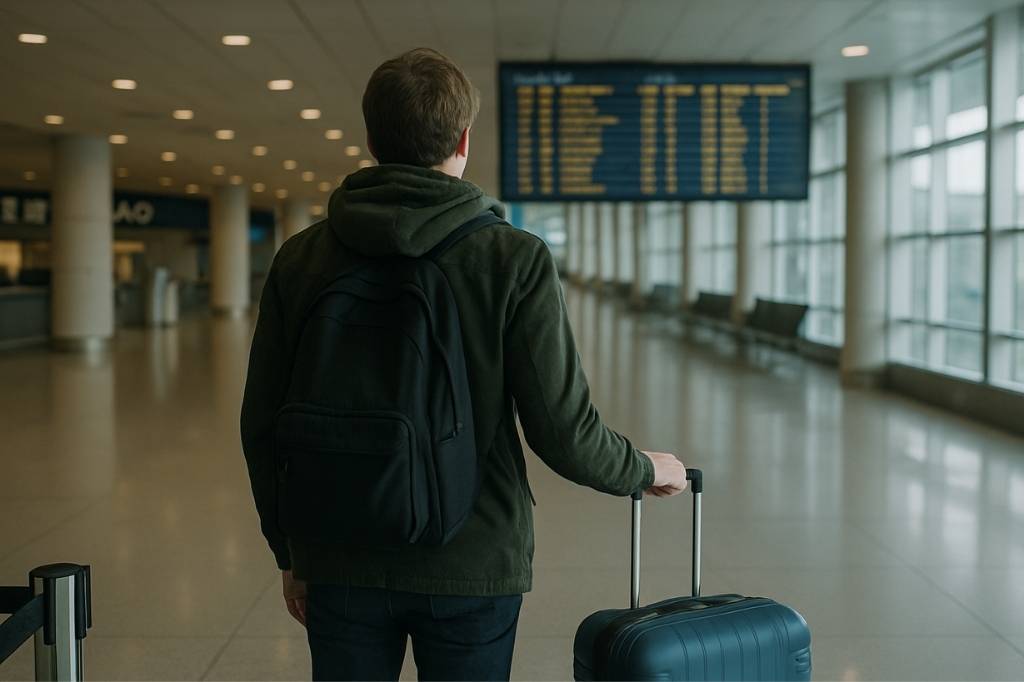Etihad Airways, the national airline of the United Arab Emirates and JetBlue, New York’s Hometown Airline® have announced the addition of loyalty benefits starting 8 May 2024. This new loyalty program is a part of its long-standing codeshare partnership. The agreement between the two airlines was celebrated at Dubai’s Arabian Travel Market.
As part of this partnership, members of JetBlue’s TrueBlue loyalty programme and members of Etihad Guest, the loyalty programme of Etihad Airways, will now be able to earn and redeem Miles in the programme of their choice when flying across the network of either airline.
This partnership complements the respective programmes’ portfolio of redemption options with Etihad Guest Miles. Guests can use these redeemable against a wide range of experiences from flights and worldwide hotel stays to converting miles into a reward card for shopping. In addition, last year JetBlue launched its new TrueBlue loyalty program. With this members were introduced to:
- Tiles to track the status
- Perks You Pick®
- Expanded Mosaic levels for the airline’s most loyal customers
- More ways to earn perks and status than ever before
Understanding that no two travellers are alike, TrueBlue gives customers the ability to choose the rewards that are most valuable to them. With this travellers can earn points whether they fly, buy, drive or shop.
JetBlue has been an important partner for Etihad for almost a decade and we’re thrilled to be extending this partnership to our loyalty programmes, benefitting both of our airlines’ valued members. We look forward to welcoming and rewarding TrueBlue members, says Mark Potter, Managing Director Etihad Guest.
The customer loyalty offerings build on both airlines’ near decade of partnership. This delivers access between New York and Boston to Etihad’s global network of more than 70 destinations. Additionally, travellers can also explore over 40 destinations across JetBlue’s network within the Americas.








